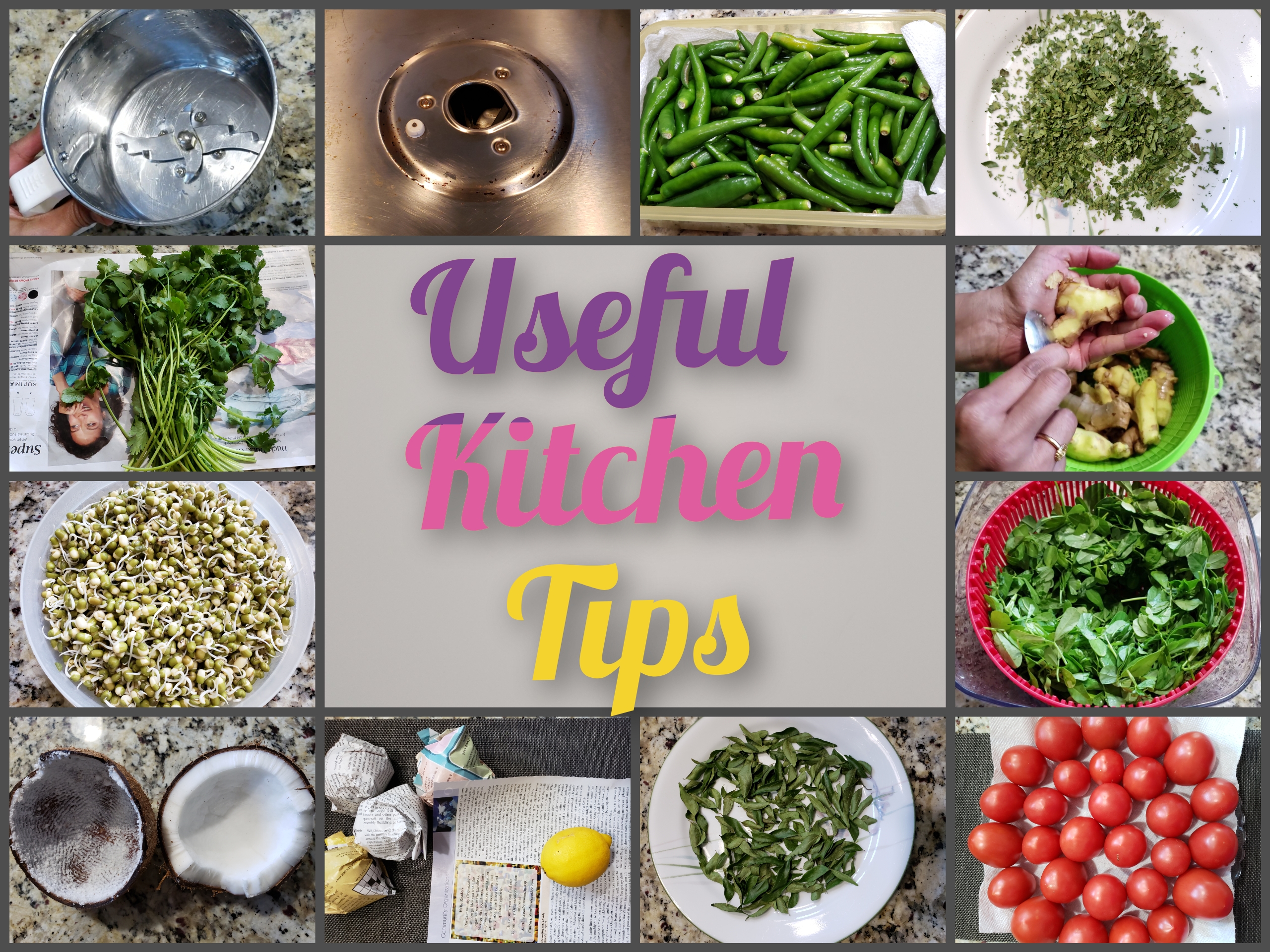Here are some useful tips for everyday use in our kitchens!!
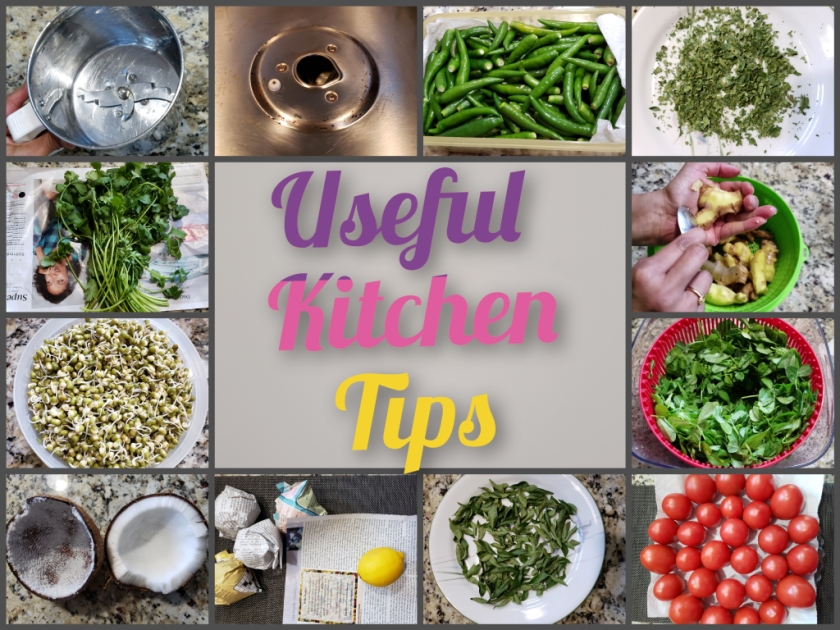
video:
1. Storing Tomatoes
To keep the tomatoes fresh at room temperature, if they are not fully ripened, Store tomatoes stem end down in a single layer to keep them from spoiling as quickly and also keep them out of direct sunlight.
Refrigerate them when they are fully ripened. To store tomatoes longer, cut them in wedges or fourths and pop them in ziplock bag and freeze flat. Frozen tomatoes will retain their flavor for up to 12 months. You can use them in soups, sauces, stews, dals…
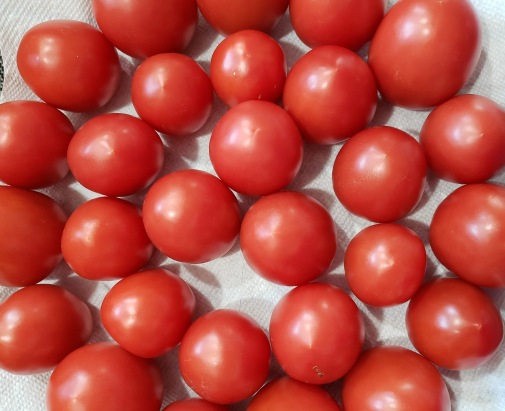
2. Storing Lemons
If you want to keep your lemons and limes fresh longer, just a grab an old magazine or paper. Wrap the lemons with the smooth magazine paper before putting them in the fridge. The freshness of your lemons will last a long time.

3. Storing grated coconut
Divide the grated coconut to small portions and put flat inside a ziploc cover. You can use any freezer container too, but store as small portions/ thin portions. Store in freezer. When needed, just break a the required amount. But sometimes it’s just too hard to break and use so the easy way to keep smaller portions is to make small balls and store it in ziplock bags, then freeze it. That way you can just take 1 or 2 balls out and thaw or microwave for 10-15 seconds to use it right away.

4. Making Sprouts in an easy way
Poke small holes to a yogurt container or restaurant box all around and to the lid. Fill soaked mung bean or any grains for sprouting. Close the lid. Keep it in the corner of the kitchen counter. Within one day you can see nice and long sprouts!!
Poking holes only to the lid also works great !

5. Storing Coriander
Method 1: Trim off the ends and Simply wrap the unwashed cilantro bunch in a clean paper towel or a paper and place in a plastic storage bag. The cilantro will keep for up to 10 days.
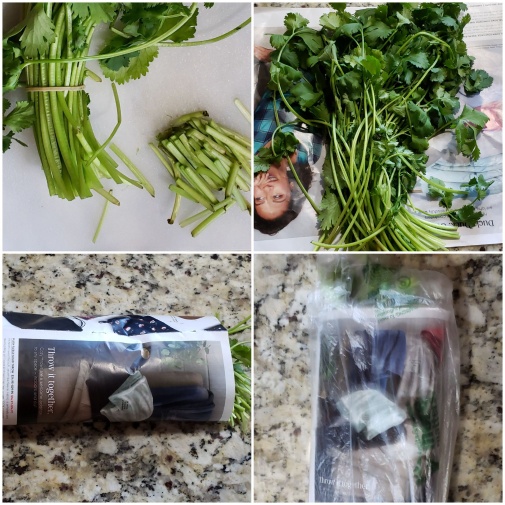
Method 2: Trim off the ends and I like to wash it in a large bowl (such as my salad spinner) of cold water. Change the water once or twice and wash again, until no more grit remains.
As soon as the cilantro is washed clean, spin in a salad spinner until almost dry. Alternatively, drain it in a large sieve and shake off the excess water.
Lay it out in one single layer on a cloth or paper towel to air dry for about just 5-10 minutes.
Place in an airtight container lined with a paper towel and seal tight. It should last for up to 3-4 weeks. Cilantro stems can be cut and stored separately to use them in chutneys, stews, soups..
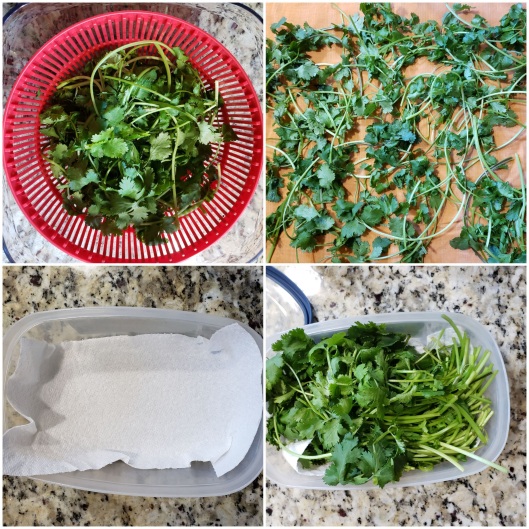
How to Refresh Cilantro? If your cilantro looks wilted and soft, place it in a bowl of ice cold water for 2 minutes. Drain and dry it and you’ll have fresh and crisp cilantro in minutes!
** Use the same procedure for washing and drying and storing for curry leaves and green chillies too.
Use the salad spinner for fenugreek leaves/methi leaves and for other leafy vegetables to dry them and to make them manageable for chopping.

Salad spinner: https://amzn.to/3ofvX9p

6. Drying Curry leaves and Leafy greens
Firstly you can air dry or the fast and best way to dry leaves without loosing color is : Wash and dry the leaves in salad spinner first or just wash and then thinly layer the leaves in a microwavable plate or on paper towels and microwave them 10 sec or 30 sec increments until the leaves should look shriveled and be mostly dry. . However, the leaves can catch fire if you microwave them for too long. Constantly monitor the leaves.

7. Crushed Curry Leaves
Curry leaves are very healthy and they provide essential nutrients and beneficial in many ways. Most importantly they are good for our hair! But people often pick the curry leaves from food and throw them away. So if we want our family to eat curry leaves we can grind them into paste or we can use powder but both don’t go well with all the foods and recipes. Alternatively we can try to include curry leaves by crushing the dried curry leaves and use them in most of our recipes. So that they are not able to pick each and every piece (Using fresh leaves is always the best option though).
Store crushed curry leaves in an air tight bottle or container.

8. Cleaning Stove Top
When it’s cool, spray it with distilled white vinegar and sprinkle baking soda over it. After about an hour, scrub lightly with halved lemon or lime over vinegar and baking soda. Use the soft scrubber if needed. Pick up the wet towel and wipe off clean and dry with clean towel. Repeat the process at least 2 times a week if needed. Lastly Spray more vinegar on the stove top and wipe it again.

9. Cleaning the Blender Jar
Rinse the jar after the use, add 1/2 cup of fresh water and 2 drops of dish liquid then grind/blend again just once. It removes all the gunk stuck under the blades and keeps the jar clean. Some glass jars can be placed in dishwasher for cleaning. But for Indian blenders like Preethi, Sumeeth have steel jars, they can’t go in the dishwasher. So this tip helps to clean the jar easily and keep it from forming the rust under the blade and prevents the blade from jamming. After rinsing with clean water, keep it in slant position to drain the water properly.
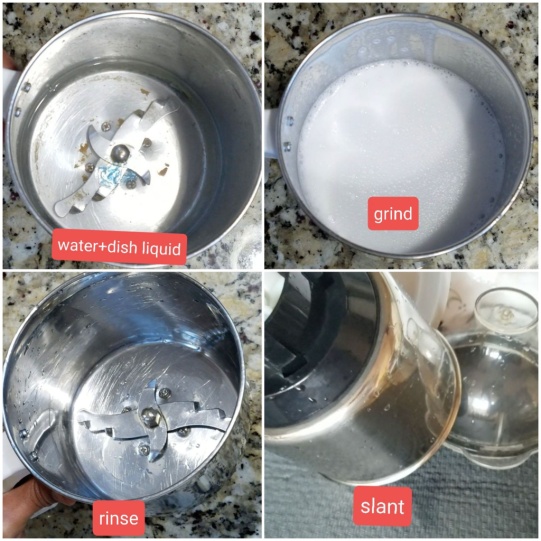
10. Peeling Ginger
The easiest way to peel ginger is to use the back of a spoon or peeler. The beauty of the spoon is that you can get into the cracks of the nobs. Scrape the ginger remove the skin. You can also use a knife to peel the ginger, but you will end up peeling too much of the flesh along with the skin. The spoon’s curved edge will help in peeling the skin off quite easily without wastage.
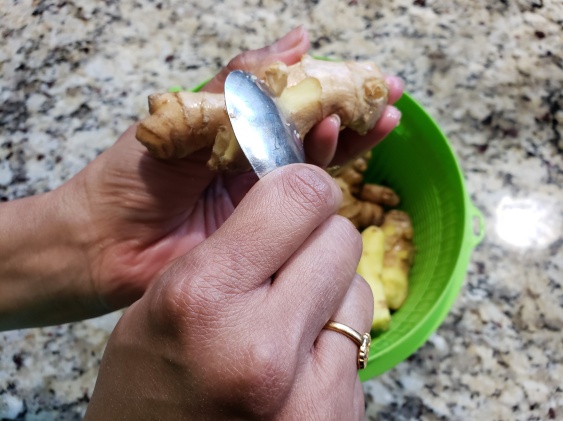
If you like any of these tips and if you think they are useful, Please like and share this post with your friends.
Are you following me on Instagram, Twitter, Facebook, Pinterest and Youtube?
Thanks for reading and subscribe to sirisblog.com (Siri’s Food Lab) to have each post delivered straight to your e-mail box.

